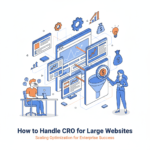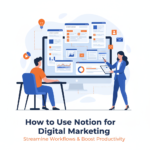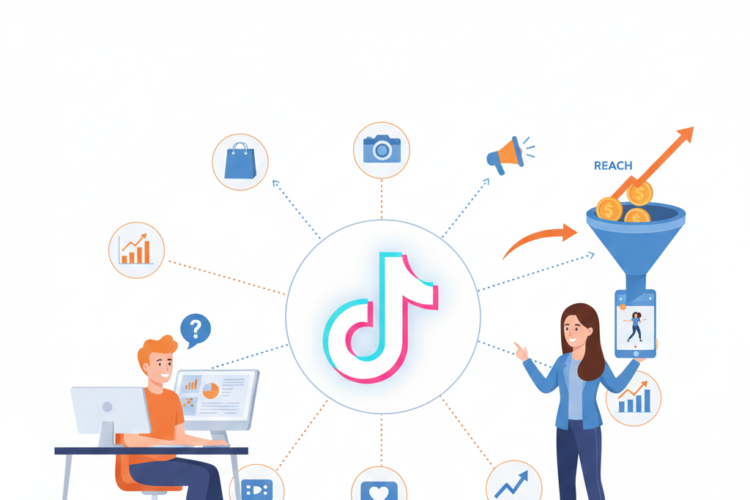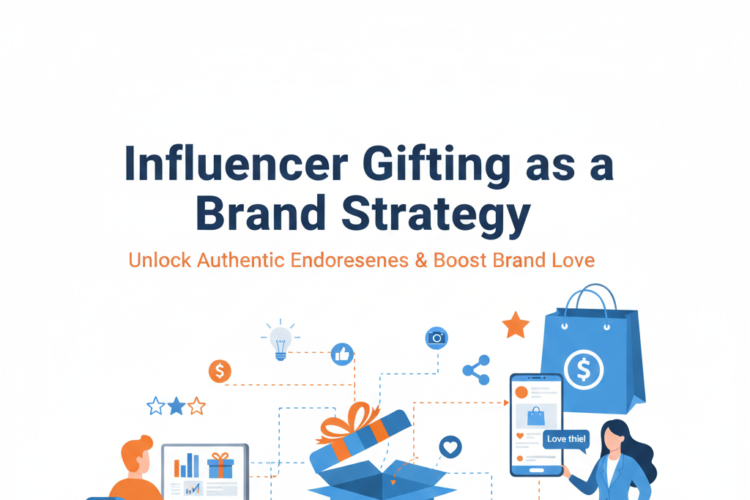
Role of Influencers in Shaping Consumer Behavior in 2030
Introduction
The influencer marketing landscape has rapidly evolved over the past decade. From product placements on Instagram to thought leadership on YouTube and TikTok, influencers have become powerful agents in driving consumer behavior. As we look toward 2030, this influence is expected to intensify with emerging technologies, new platforms, and shifting consumer expectations. This article explores how influencers will shape consumer behavior in 2030, backed by data, trends, and future-forward strategies.
Chapter 1: The Evolution of Influencer Marketing
1.1 Early Influencers to 2025
From blogs and early YouTube channels to TikTok and Instagram reels, influencers have been a critical part of brand communication strategies. Initially seen as digital celebrities, today’s influencers include micro and nano-creators with highly engaged niche audiences.
1.2 Acceleration Due to Technology
-
Rise of short-form content
-
AI-driven content creation and curation
-
AR/VR experiences embedded in influencer content
-
Metaverse activations
1.3 New Forms of Influence
In 2030, influencers will not just be individuals but also AI-generated personas, digital avatars, and even decentralized community leaders.
Chapter 2: Why Influencers Matter More Than Ever
2.1 Decline in Traditional Advertising Trust
Consumers in 2030 are more skeptical of corporate messages. Influencers provide a bridge of trust through relatability, authenticity, and perceived independence.
2.2 Peer-Like Connection
Influencers are seen as aspirational but accessible. Their content often mirrors the real-world decisions consumers must make, making them influential in decision-making moments.
2.3 High Engagement Platforms
In 2030, platforms like TikTok 2.0, immersive VR communities, and voice-first social apps dominate engagement. Influencers have adapted their strategies to remain relevant across these channels.
Chapter 3: Psychology of Influence in 2030
3.1 The Neuroscience of Social Proof
Studies show that influencer endorsements activate the brain’s decision-making centers more than traditional ads. Social validation, herd behavior, and mirror neurons play a role.
3.2 Parasitic Relationships
While it sounds negative, it refers to the emotional connections followers form with influencers who don’t know them personally—strong enough to guide purchasing behavior.
3.3 FOMO and Real-Time Influence
Limited-time drops, product launches, and exclusive access through influencer live streams trigger fear of missing out and drive immediate purchases.
Chapter 4: Influencers and Consumer Decision Journey
4.1 Awareness Stage
Influencers introduce new products via reviews, unboxings, and live demos. AI influencers in 2030 might recommend personalized products based on real-time user data.
4.2 Consideration Stage
Comparison videos, FAQ sessions, and pros-and-cons breakdowns help followers evaluate choices.
4.3 Decision Stage
Discount codes, referral links, and shopping integrations allow influencers to close the conversion funnel.
4.4 Post-Purchase Behavior
Influencers promote user-generated content (UGC), encourage reviews, and create communities around brand use.
Chapter 5: Influencers as Cultural Architects
5.1 Setting Trends
From fashion to tech, influencers are the new trendsetters. Their aesthetic choices, values, and lifestyle integrations shape mainstream culture.
5.2 Changing Perceptions
Influencers have redefined beauty, success, and even health standards by promoting body positivity, sustainability, and mental health.
5.3 Advocacy and Social Responsibility
2030 sees more influencers aligned with social causes—climate change, equity, mental health—and they influence consumer values and choices.
Chapter 6: Platform Dynamics and Influencer Reach
6.1 AI and Algorithmic Exposure
AI determines what content users see, and influencers adapt by optimizing for algorithmic success: relevance, engagement, and watch time.
6.2 Decentralized Platforms
Blockchain-powered platforms give influencers ownership of their content and communities, reshaping monetization and trust.
6.3 Globalization of Influence
With seamless language translation and cross-border digital commerce, influencers can now engage global audiences effortlessly.
Chapter 7: Types of Influencers in 2030
7.1 Human Influencers
Still crucial, especially those with authentic storytelling and niche authority.
7.2 AI-Generated Influencers
Virtual influencers like Lil Miquela pave the way for fully AI-driven characters who offer precision engagement without fatigue.
7.3 Hybrid Influencers
A blend of human and machine—real creators enhanced with AI tools, filters, and predictive analytics to optimize influence.
7.4 Community-Driven Influencers
Decentralized collectives where influence is shared among active community members.
Chapter 8: Challenges and Ethical Considerations
8.1 Fake Engagement and Bots
Despite advancements, inflated metrics still pose problems. Brands must demand transparency and real-time engagement analytics.
8.2 Mental Health of Influencers
Pressure to remain relevant, constant scrutiny, and algorithm dependency lead to burnout. Mental health support structures become essential.
8.3 Deepfakes and Misinformation
In 2030, fake influencer content becomes harder to detect. Ethical AI use and content verification are critical.
8.4 Disclosure and Transparency
Governments globally demand stricter labeling of paid content, and 2030 sees AI-powered disclosure monitoring.
Chapter 9: The Brand Perspective
9.1 Co-Creation Over Sponsorship
Brands move toward long-term co-creation models—collaborating with influencers on product development, design, and strategy.
9.2 Influencer-Driven Commerce
Social commerce platforms allow influencers to run entire branded storefronts. Influencer as entrepreneur is the new norm.
9.3 ROI and Attribution Modeling
Advanced analytics tools provide multi-touch attribution, linking influencer activity to sales, loyalty, and retention.
Chapter 10: Preparing for the Future
10.1 Rethinking Influence
Brands and marketers must view influencers not as megaphones but as strategic partners in shaping public perception.
10.2 Investing in Influencer Education
Training programs to equip influencers with business, ethical, and creative skills will be key to sustainable partnerships.
10.3 Diversification Across Platforms
Marketers should work with influencers across different content formats (audio, video, text, VR) and platforms.
10.4 Embrace of Predictive Analytics
Machine learning helps forecast influencer performance and identify rising creators with high future potential.
Conclusion
By 2030, influencers will be central to the fabric of digital marketing, not merely as content creators but as cultural leaders, brand co-creators, and trusted advisors. Their power to shape consumer behavior is only growing, fueled by technological innovation, changing values, and the desire for authenticity. Marketers who embrace this shift and invest in strategic influencer relationships will thrive in the next decade of digital transformation.
Author



